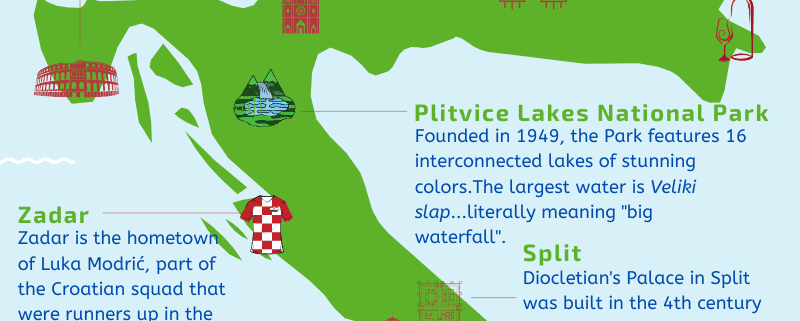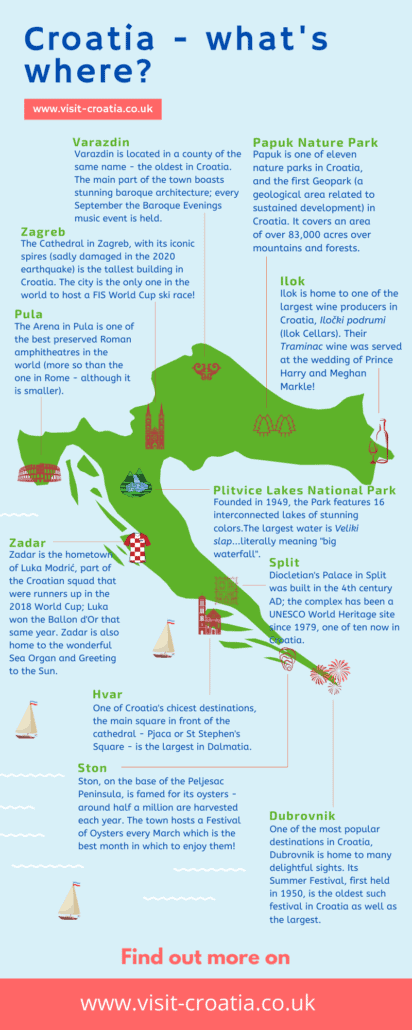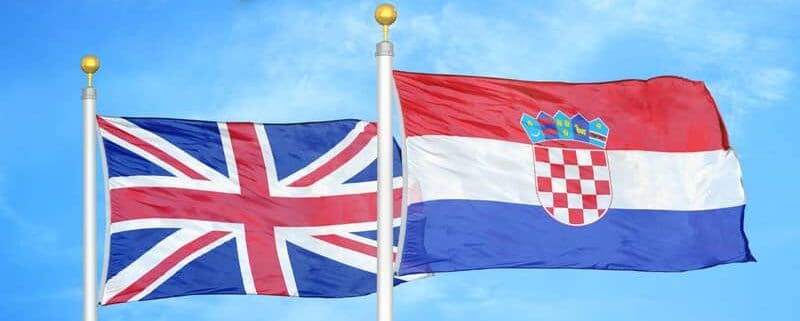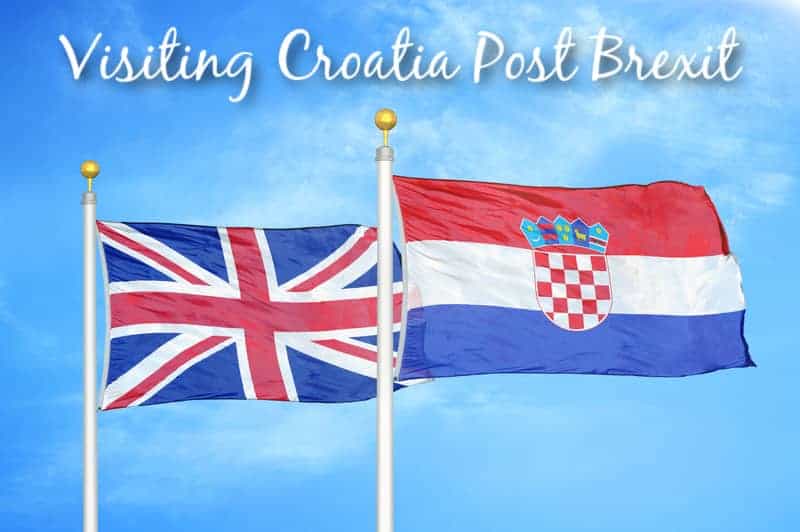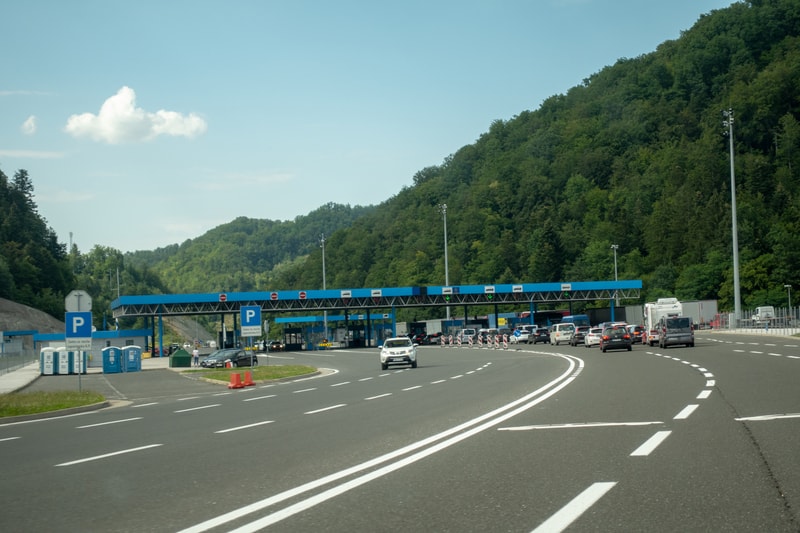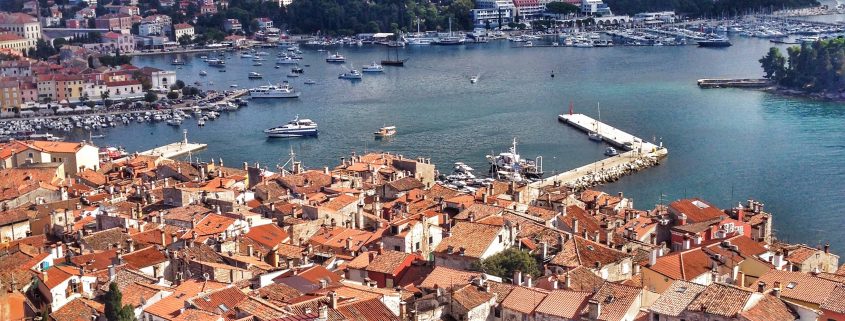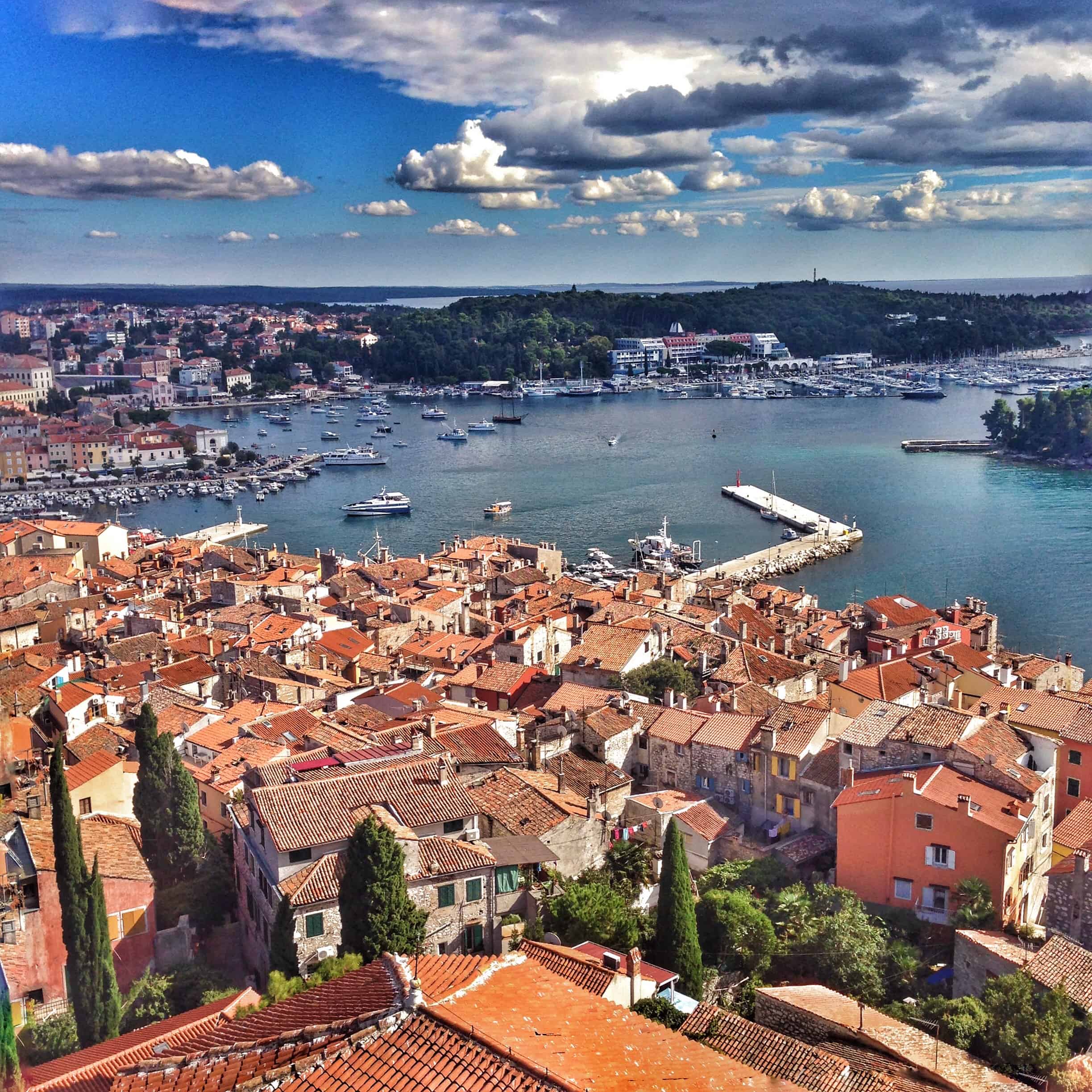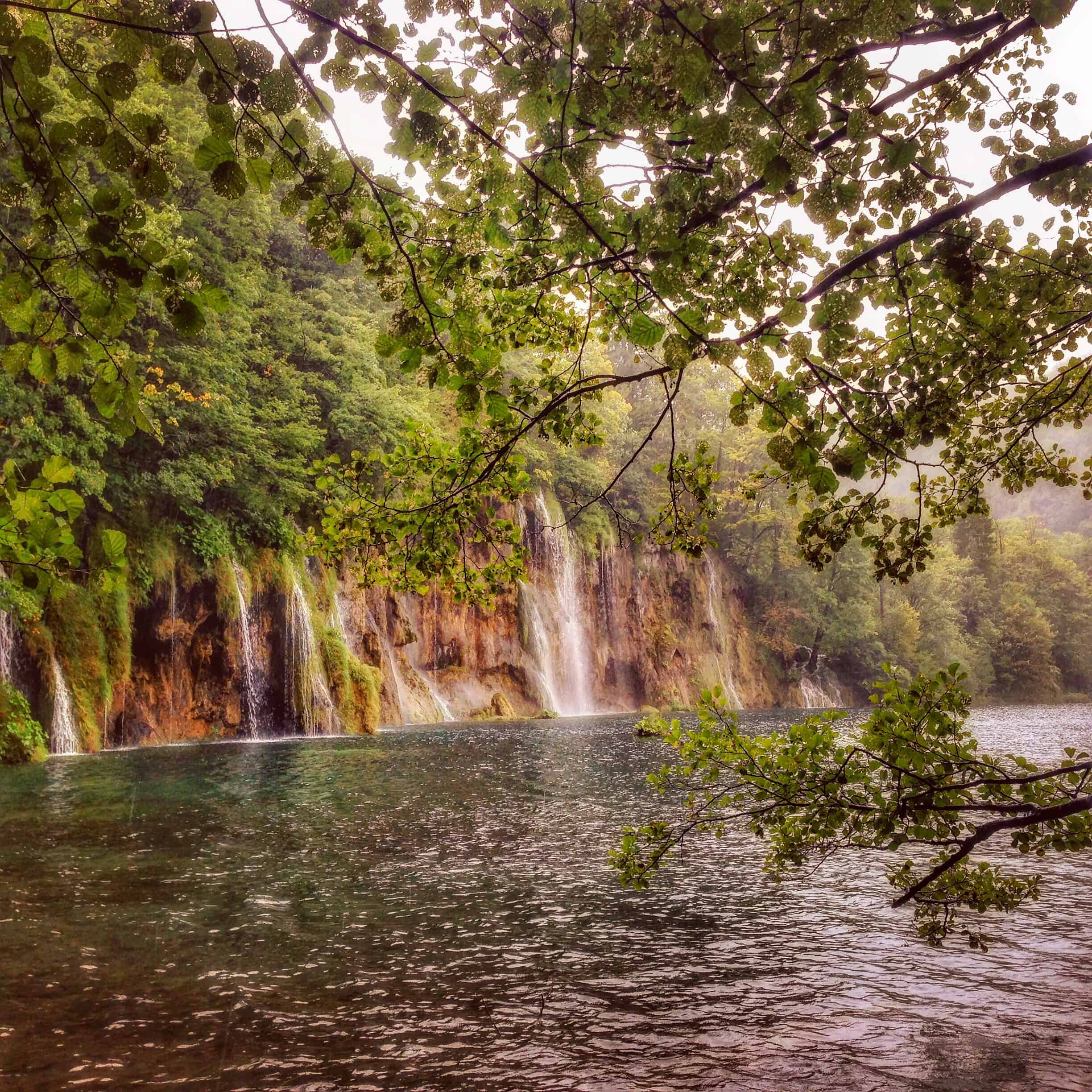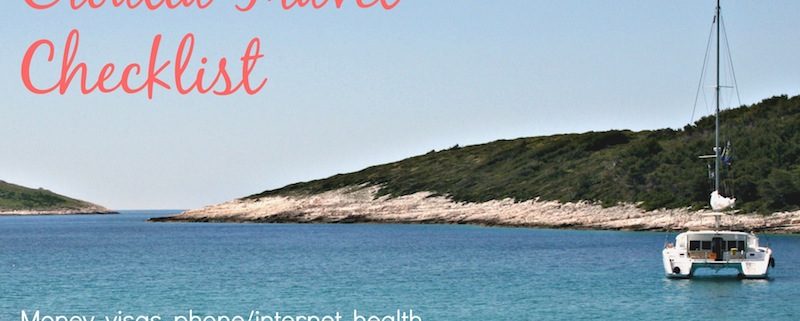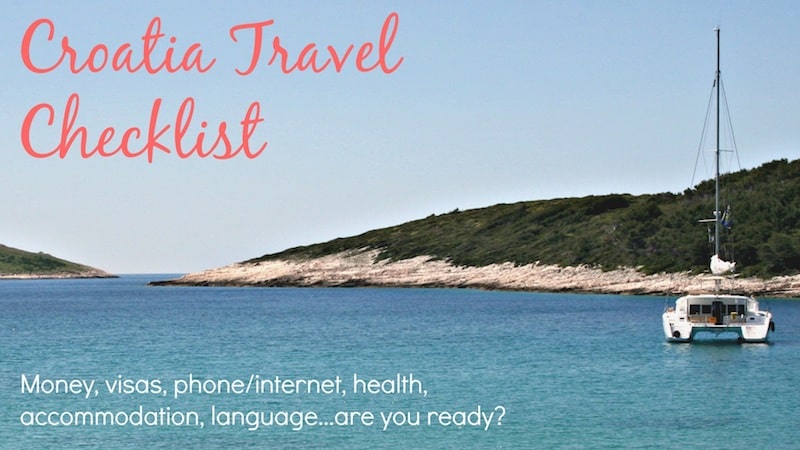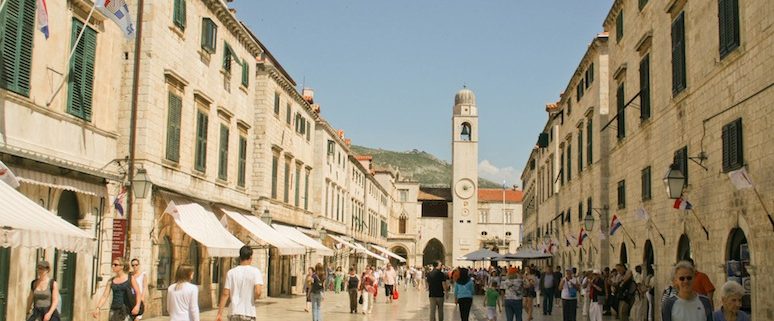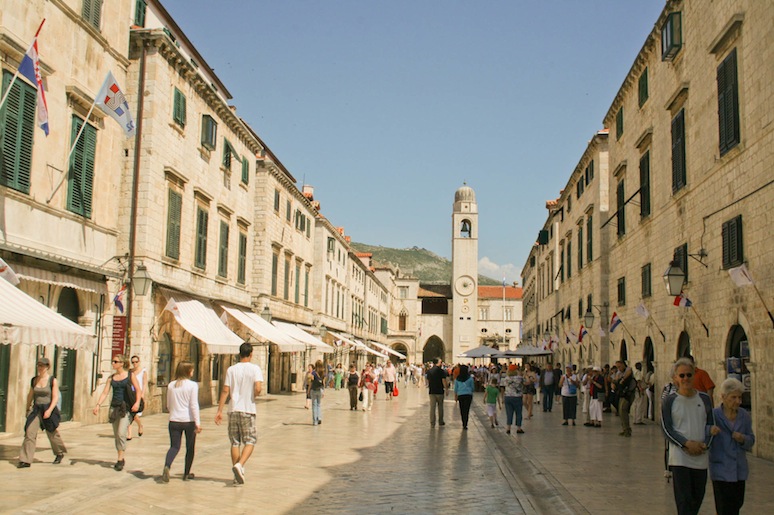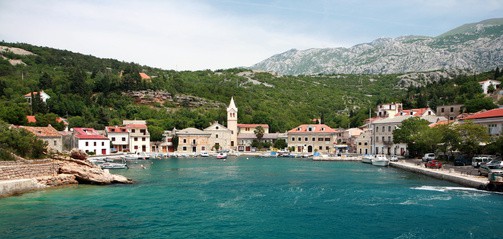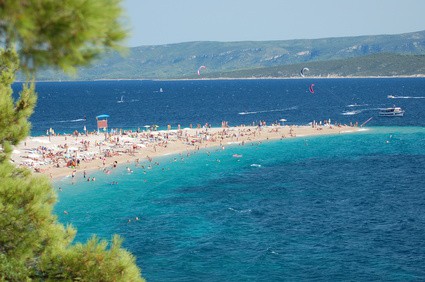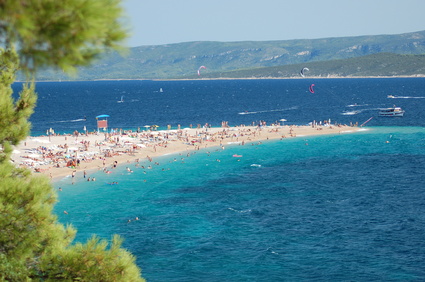Croatia joins the Schengen Zone
In the works for a number of years now, and finally confirmed on 9th December 2022, Croatia joins the Schengen Zone on 1st January 2023. Find out what this means for your future travels to the country below.
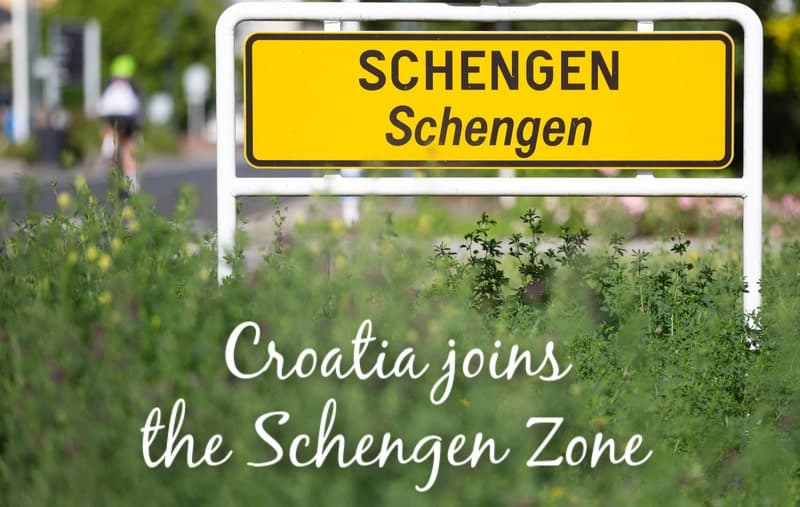
What is the Schengen Zone?
Currently made up of 26 countries – with Croatia joining as the 27th member – the Schengen Zone is an area of Europe without any border controls or passport checks. Largely, most EU countries (23 out of 27) are part of the Schengen Zone with the exception of Bulgaria, Romania, Cyprus and Ireland. Additionally, Norway, Iceland, Switzerland and Liechtenstein are part of the Schengen Zone despite not being part of the EU.
Travel to Croatia with a Schengen Visa
Although travellers to Croatia could previously visit the country if they were in possession of a Schengen visa (as long as it was a dual or multiple entry one), they were not able to obtain one from a Croatian visa centre or embassy. Additionally, obtaining a Croatian visa did not allow the visa holder entry into the Schengen Zone.
This all changes from 1st January 2023 when obtaining a Croatian visa will no longer be possible – visitors will need to obtain a Schengen visa instead. And this visa will of course permit the holder to travel to the rest of the Schengen Zone too.
Border checks
The main purpose of the Schengen Zone is the lack of border controls between member countries. If you have ever driven from one Schengen country to another you’ll have noticed the absence of a border or controls of any kind. (There are of course signs denoting the new country you’re entering!) This will now be the case for Croatia as well whichever way you enter the country – by land (car, bus or train), sea or air – if you are travelling from another Schengen Area country. But of course, Croatia will now be the “last” Schengen country in this part of southern Europe, so if you are travelling from one of Croatia’s non-Schengen neighbours – such as Serbia, Montenegro or Bosnia and Hercegovina – you will go through regular border checks/passport controls.
In the case of air travel from another Schengen country, airport border controls will still temporarily be in place during a short transition period. These are expected to be fully abolished on 26th March 2023. Again, airport border controls – or a lack of them – are only the case for flights originating from other Schengen countries. If you are flying from a non-Schengen country to Croatia – from the UK, for example – you will absolutely still have to go through passport control upon landing in Croatia.
90-Day Schengen Zone Limit
Visa-free travellers to the Schengen Zone are permitted a 90-day stay in any 180-day period. This means If you stay in the Zone – whether that’s in just one country or several – for 90 days, you must leave for the next 90 days before being allowed to return.
Before joining the Schengen Zone, Croatia had a similar “90 days in 180” limit – but by being outside of the Zone, travellers could swap between the Schengen Zone and Croatia (or other non-Schengen countries) to remain in Europe if they wished. This is obviously no longer the case, so please be careful with your travelling time limit when visiting Croatia and the Schengen Zone. (You may well get into “trouble” if you overstay the 90-day limit.)
Make sure your passport is valid!
Your passport must have been issued in the previous 10 years and you must also have three months of validity remaining on it after your departure date from Croatia.
More info
For news coverage on Croatia joining the Schengen Zone, take a look at Croatia To Join EU’s Schengen Zone In January, Bulgaria And Romania Rejected (Forbes, 9th December 2022) and Schengen and Eurozone. Nothing is the same for Croatia in 2023 (Croatian Ministry of Foreign & European Affairs, 1st January 2023).
For Croatia visa advice, see our Visa Requirements for Croatia page.
Take a look at the UK Foreign Office’s advice on Croatia’s entry requirements.


